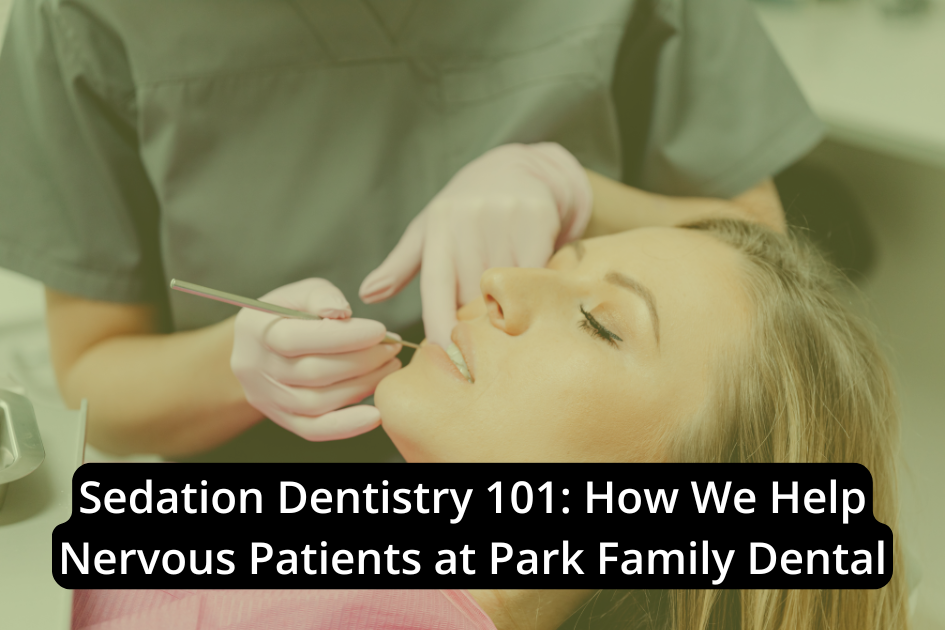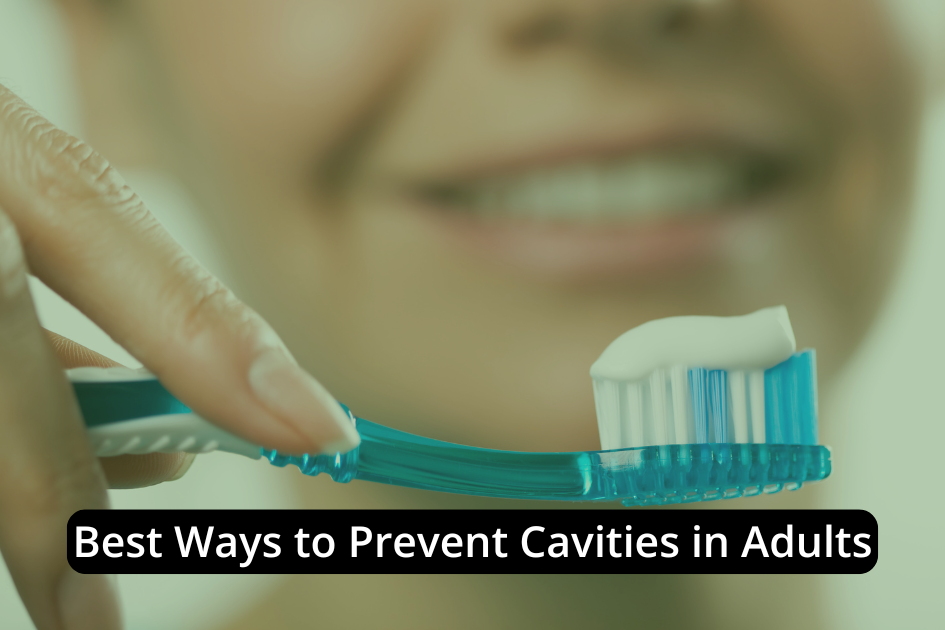
Like a well-defended city, our teeth need layered protection to keep decay at bay. We can gauge personal cavity risk, brush twice daily with fluoride toothpaste, and floss to disrupt plaque where brushes miss. Adding fluoride rinses, limiting added sugars and acids, and spacing sweets with meals strengthens enamel. Regular exams catch early lesions, while sealants, remineralizing agents, and mouthguards add safeguards. But which steps matter most for us?
Know Your Personal Cavity Risk
Because cavity risk isn’t the same for everyone, we should start by identifying our personal risk profile with a thorough dental exam. A detailed assessment quantifies cavity risk using caries history, plaque levels, saliva flow, dietary sugars, medications, and medical conditions. From that profile, we tailor oral hygiene, adjust diet, and plan dental visits. High-risk patients benefit from more frequent recalls, targeted preventive strategies, and fluoride treatments or sealants. We should review genetics and lifestyle factors, monitor changes, and document outcomes at each visit. Ongoing dialogue with our dentist enables timely modifications, improves adherence, and reduces new lesions with measurable, evidence-based precision.
Brush Properly With Fluoride Toothpaste
Even when our schedules are tight, we should brush with a fluoride toothpaste twice daily to remineralize enamel and curb early decay. To prevent cavities, use a pea-sized amount, and brush your teeth for two minutes, covering outer, inner, and chewing surfaces to disrupt dental plaque. Angle bristles at 45 degrees to the gumline and use gentle, short strokes to reduce biofilm without abrasion. Brush after meals and before bed to limit acid exposure and bacterial activity. Spit, don’t rinse, to maintain topical fluoride. Replace the brush every three to four months or when frayed. This routine supports durable oral health.
Floss Daily to Disrupt Plaque Between Teeth
Consistency matters: when we floss daily, we remove plaque and food between teeth that brushing misses, cleaning all five surfaces and reducing interproximal decay. Evidence shows flossing plus brushing lowers cavities compared with brushing alone. Disrupting plaque between contacts also decreases inflammation and gum disease risk, improving overall oral health. It takes minutes and integrates easily into routines.
- Use a gentle C-shape around each tooth; glide below the gumline without snapping.
- Progress systematically from back molars forward to guarantee no surfaces are skipped.
- Floss at a consistent time—after the last meal—to minimize overnight plaque metabolism.
Use Fluoride Mouthwash or Prescription Fluoride
While brushing and flossing are foundational, we add measurable protection by using a fluoride mouthwash or, for higher-risk adults, prescription-strength fluoride. Fluoride strengthens enamel, enhances remineralization, and can reverse early tooth decay. Consistent mouthwash use after brushing delivers topical fluoride, helping reduce plaque accumulation that drives cavities. Evidence shows fluoridated rinses can reduce cavity rates by up to 25% with regular use.
We recommend daily fluoride mouthwash for average risk and prescription fluoride gels or rinses for dry mouth, multiple restorations, or root exposure. Incorporating fluoride into routine care improves dental health and can lower treatment needs and long-term costs.

Limit Added Sugars and Acidic Foods and Drinks
Because oral bacteria metabolize sugars into acids that demineralize enamel, we should limit added sugars and reduce exposure to acidic foods and drinks to cut cavity risk. To prevent tooth decay, we’ll target ferments and erosive exposures that compromise tooth enamel and oral health. Prioritize low-added sugar intake and minimize acidic drinks like sodas and citrus beverages.
- Time exposures: reserve sweets with meals, not snacks, to reduce acid attacks.
- Use mitigation: rinse with water after sugary or acidic items; drink through a straw to limit contact.
- Choose protective foods: emphasize fibrous produce to stimulate saliva and buffer acids.
Drink Fluoridated Water and Stay Hydrated
After limiting sugars and acids, we should strengthen enamel and support natural defenses by choosing fluoridated water and staying well hydrated. Fluoride integrates into enamel, enhances remineralization, and helps reverse early decay, lowering cavities risk. Communities with fluoridated water show 20–40% fewer caries, supporting robust dental health. Use fluoridated water for drinking and cooking to maintain consistent exposure. Hydration matters: water rinses food debris, dilutes and neutralizes acids, and sustains saliva flow. Adequate saliva buffers pH, delivers calcium and phosphate, and protects against demineralization. After sugary or acidic drinks, follow with water to mitigate harm and support enamel recovery.
Schedule Regular Dental Checkups and Cleanings
Two routine dental visits a year help us catch cavities early and prevent them altogether. When we schedule regular dental checkups, we enable the timely detection of enamel demineralization and small lesions before they progress. Professional cleanings remove plaque and calculus that brushing and flossing miss, lowering cavity risk and inflammation. Dentists also calibrate recall intervals based on our oral health status and risk profile, consistent with ADA guidance.
- Thorough exams identify early decay and contributing factors.
- Professional cleanings disrupt biofilm and remove tartar.
- Personalized plans optimize fluoride use and behavior.
Consistent dental visits reduce emergency treatments and costs while maintaining stable oral health.
Consider Dental Sealants and Remineralizing Products
Although brushing and flossing remain foundational, we should add targeted measures like dental sealants and remineralizing products to cut cavity risk further. Dental sealants protect the pits and fissures of molars, where biofilm lingers; evidence shows up to 80% cavity reduction in high‑risk groups. Sealants last for years and are ideal for deep grooves. Remineralizing products, fluoride toothpaste, rinses, and professionally applied fluoride treatments restore minerals to enamel, arrest early lesions, and increase acid resistance. Adults with prior decay or dry mouth benefit most. Let’s review risk with a dentist, seal susceptible molars, and use fluoride daily to curb cavities and preserve enamel.

Protect Teeth With a Mouthguard if You Play Sports or Grind
Why risk preventable damage when a simple mouthguard can absorb impact and preserve enamel? We use a mouthguard to protect teeth during contact sports and to manage teeth grinding at night. Evidence shows athletes without mouthguards are up to 60 times more likely to sustain dental injuries. Custom-fitted designs stabilize better than boil‑and‑bite options, improving comfort and compliance.
- Choose a custom mouthguard for maximal impact absorption and minimal movement.
- If you grind, wear a nightguard to reduce enamel wear and jaw pain.
- Schedule regular dental assessments to confirm fit, monitor wear patterns, and adjust protection as activities or symptoms change.
Conclusion
Together, we can keep cavities on a short leash with consistent, evidence-based habits. When we brush with fluoride, floss daily, use targeted fluoride rinses, and limit sugars and acids, we cut risk at its roots. Regular checkups, cleanings, and sealants add a proven safety net. If we wear a mouthguard and manage grinding, we protect enamel and gums. Small, precise steps, done daily, stack like bricks, building durable oral health for the long term.
Ready to strengthen your routine? Schedule your next checkup at Park Family Dental in Cedar Park, TX, and let’s protect your smile together.




